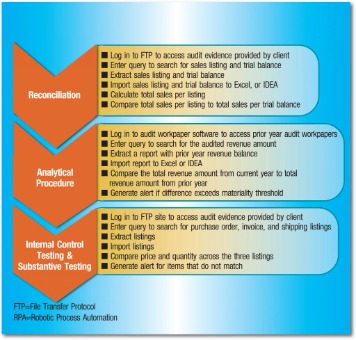This is because it’s basically comparing current production against a budget that may have been created months or even years ago. Among these costs are those that you can directly attribute to specific goods. You’ll also notice that other costs will stay as is no matter how many you produce.
- Assume that a manufacturer had budgeted $300,000 of fixed manufacturing overhead (supervisors‘ compensation, depreciation, etc.) for the upcoming year.
- A volume variance is the difference between the actual quantity sold or consumed and the budgeted amount expected to be sold or consumed, multiplied by the standard price per unit.
- If actual production is greater than budgeted production, the production volume variance is favorable.
- Looking at Connie’s Candies, the following table shows the variable overhead rate at each of the production capacity levels.
Conversely, if a company produces fewer units than expected, the fixed overhead cost per unit increases. An unfavorable fixed overhead volume variance occurs when the fixed overhead applied to good units produced falls short of the total budged fixed overhead for the period. Other variances companies consider are fixed factory overhead variances. Standard fixed overhead applied to actual production is the fixed overhead cost that is applied to the actual production volume using the standard fixed overhead rate. The company can calculate fixed overhead volume variance with the formula of standard fixed overhead applied to actual production deducting the budgeted fixed overhead. If the actual production volume is higher than the budgeted production, the fixed overhead volume variance is favorable.
Favorable and Unfavorable Production Volume Variances
Rather than that, these costs are attributed to the production process as a whole. We refer to these costs as the factory overhead, manufacturing overhead, or overhead costs. Variance analysis can be summarized as an analysis of the difference between planned and actual numbers. The sum of all variances gives a picture of the overall over-performance or under-performance for a particular reporting period.
Production volume variance is a way that you can measure the actual cost of producing goods. And this gets done compared to the expectations that were outlined in your initial budget. Essentially, it compares your actual overhead costs per unit against your budgeted costs per item. It may be calculated against a budget that was drafted months or even years before actual production.
Good and Bad Production Volume Variance
Other costs of production cannot be directly attributed to specific goods. For example, certain materials and labor go towards the production of a certain product. Management should only pay attention to those that are unusual or particularly significant. Often, by analyzing these variances, companies are able to use the information to identify a problem so that it can be fixed or simply to improve overall company performance.
Formula for Calculating Production Volume Variance
He is a CFA charterholder as well as holding FINRA Series 7, 55 & 63 licenses. He currently researches and teaches economic sociology and the social studies of finance at the Hebrew University in Jerusalem.
Fixed Overhead Spending Variance Formula
In this case, the production volume variance is positive, indicating an unfavorable variance. This means that the actual production volume was less than the planned volume, resulting in a higher cost per unit than planned because the fixed overhead costs were spread over fewer units. The production volume variance measures the amount of overhead applied to the number of units produced. It is the difference between the actual number of units produced in a period central venous pressure cvp and the budgeted number of units that should have been produced, multiplied by the budgeted overhead rate. This would result in a favorable production volume variance of $20,000 ($300,000 budgeted vs. $320,000 assigned; or 2,000 additional standard machine hours of good output X $10 per standard machine hour). Assume that a manufacturer had budgeted $300,000 of fixed manufacturing overhead (supervisors‘ compensation, depreciation, etc.) for the upcoming year.
Total spending on raw materials, transportation of goods, and even storage may vary significantly with greater volumes of production. Here is an easy example, and it only gives you some basics to reflect the formula and definition. For example, ABC Company has an annual budget sales volume for product A-amount of 100,000 units. Direct material Price Variance help management to measure the effect of the price of raw material that the entity purchase during the period and its standard price.
Direct Material Usage Variance:
And this overhead cost per unit will only go down the more units of a product you produce. This could be for many reasons, and the production supervisor would need to determine where the variable cost difference is occurring to better understand the variable overhead reduction. Sometimes these flexible budget figures and overhead rates differ from the actual results, which produces a variance.


